Enter a surname, town name or other keyword to search the database. Remember to
allow for the different spellings of 'Mc' and 'Mac.' Good luck!
{Search tips: Use single word search terms for more results}
You must enter some valid character(s) into the search field
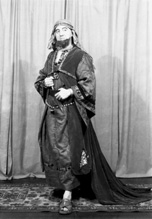
Reference: 29108a
Matheson Lang was born in Mont...
|
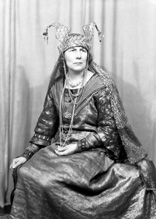
Reference: 29107b
Actress Nelly Hutin Britton wa...
|
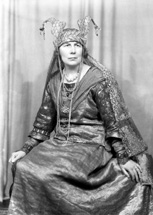
Reference: 29107a
Actress Nelly Hutin Britton wa...
|
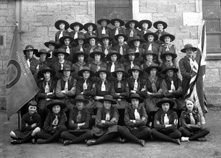
Reference: 26526
Inverness Royal Academy Girl G...
|

Reference: 934c
E.P.C Green, Torridon House, I...
|
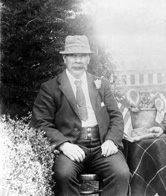
Reference: 838
Copy for Mrs Robertson, Old Ed...
|
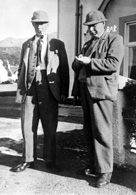
Reference: 833
Mrs MacAskill, Glenburn Drive,...
|
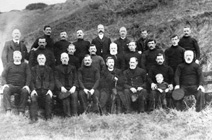
Reference: 819
Copy of Ardersier fishermen an...
|

Reference: 820
Mr Mackenzie, Plockton. ...
|
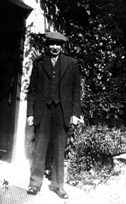
Reference: 712b
Mr D. Mackenzie, Golspie....
|
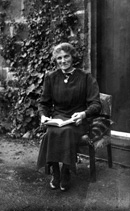
Reference: 712c
Mr D. Mackenzie, Golspie....
|
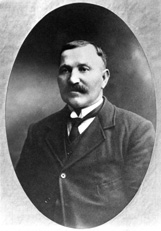
Reference: 712a
Mr D. Mackenzie, Golspie. ...
|